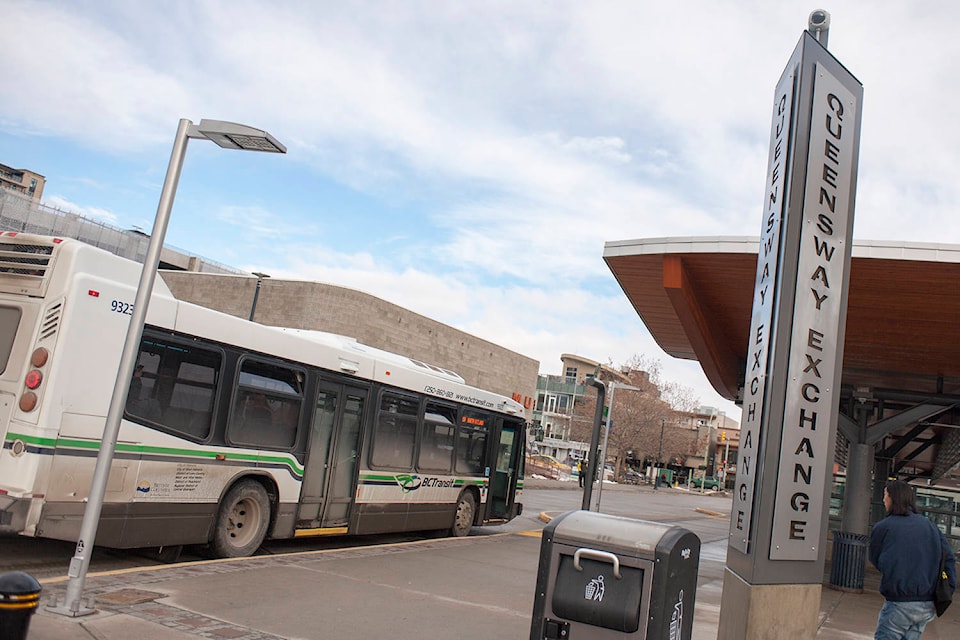Despite being projected to grow to more than 275,000 people by 2040, the Central Okanagan as a whole may still not have enough density to support a high-frequency transit system.
More likely, according to a regional transit plan endorsed by both Kelowna and West Kelowna councils, is the expansion of the current RapidBus network. Among several key recommended projects outlined in the plan is the implementation of dedicated transit lanes from Kelowna���߲��о����s Harvey Avenue all the way to UBCO, as well as adding an eastbound transit lane on the William R Bennett Bridge.
By 2040, the plan suggests, some of central Kelowna could begin to support light rail transit or bus rapid transit.
However, there is no corridor within the city that will meet the necessary level of urban activity and draw enough ridership to support an LRT system ���߲��о���� which is said to be 100 to 200 people-plus-jobs per hectare.
READ MORE: Kelowna council approves annual Bernard Avenue closure
Costs to implement LRT would also be prohibitive, with a per-kilometre cost ranging from $46 to $168 million. The existing 30-kilometre Highway 97 RapidBus system costs $46 million ($1.5 million per kilometre), whereas other similar lines can cost around $3 million per kilometre, depending on the level of separation from traffic.
The plan also toys with the idea of the emerging technology of autonomous rapid transit (ART), which it states provides similar benefits to LRT systems without having to install rails. The technology would allow specially-designed buses to operate in platoons, similar to trains.
���߲��о����There are several potential forms of ART, from rubber tire trains operating on virtual tracks (sensors in the pavement, paint) to self-guided demand-responsive pods collecting people with common destinations. ART solutions can easily be adapted and implemented in dedicated transit lanes as technology evolves.���߲��о����
The plan, which is the culmination of more than two-and-a-half years of work, has the goal of connecting all municipalities in the Central Okanagan through a cohesive transportation network including trails, transit and roadways.
The plan will next be presented to the Regional District of Central Okanagan, Westbank First Nation, Lake Country and Peachland. After endorsement from all councils, a technical committee will be created to oversee the plan���߲��о����s implementation in the region.
Do you have something to add to this story, or something else we should report on? Email: michael.rodriguez@kelownacapnews.com
Like us on and follow us on .



